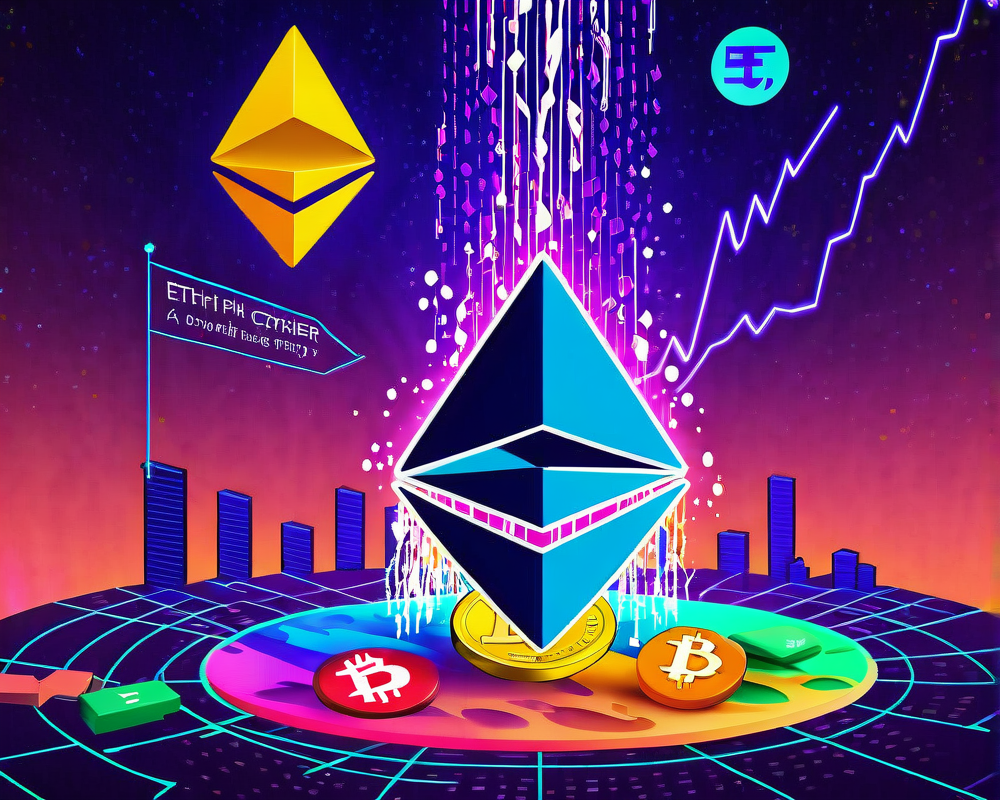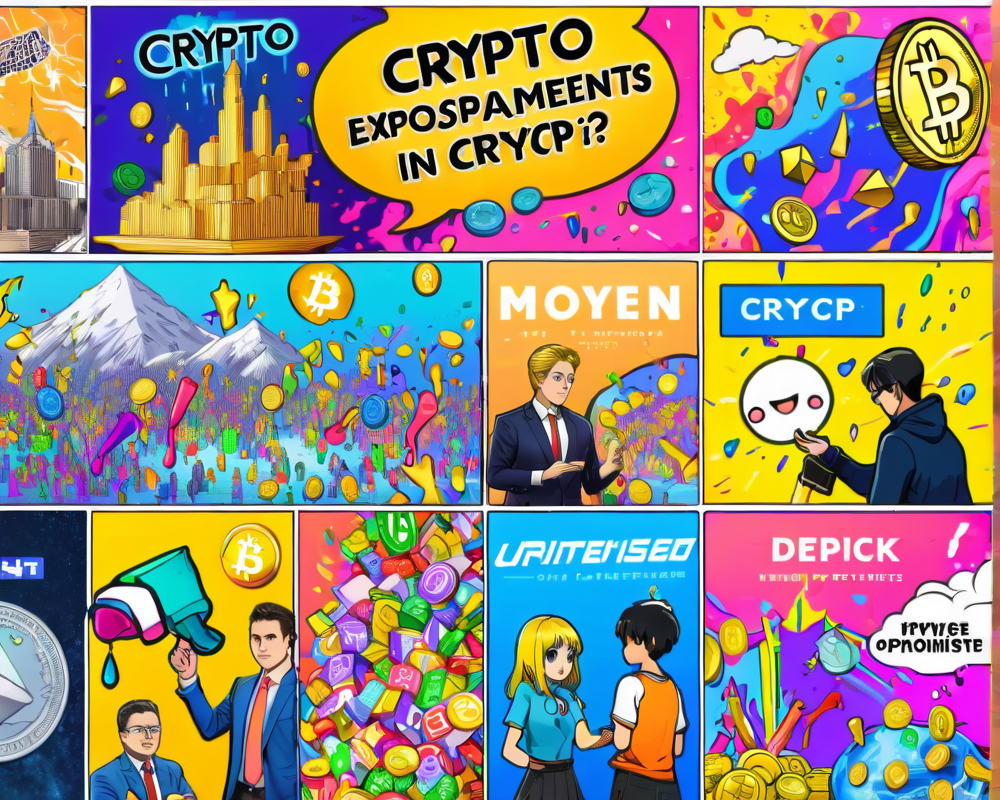A Brief History of Ethereum and Its Challenges
In July 2015, Ethereum entered the digital arena, bringing forth the intriguing idea of smart contracts. This innovation aimed to shake up the blockchain world, enabling everyone from developers to tech enthusiasts to deploy decentralized applications (DApps). Fast forward to today, and these DApps are popping up across platforms like daisies in spring—serving purposes from banking to gaming and beyond. However, while Ethereum laid an impressive groundwork, it hasn’t been without its bumps in the road: scalability issues and those notoriously high gas fees have many developers feeling a bit like they’re stuck in a traffic jam.
Gavin Wood and the Birth of Substrate
Enter Gavin Wood, the visionary co-founder and former chief technology officer of Ethereum. After realizing that Ethereum’s limitations could hinder the evolution of decentralized applications, he took the leap to create Parity Technologies. It was here that Wood began crafting Substrate, an open-source blockchain framework designed to foster innovation in the realm of Web3.
Getting Down to the Nitty-Gritty: What is Substrate?
Imagine Substrate as a Swiss Army knife for blockchain developers—it’s a toolkit that simplifies the building of custom blockchains, allowing for unique designs tailored to specific needs. Substrate empowers developers to create blockchains with existing templates that save time while maintaining flexibility to innovate. But this isn’t just a toolbox; it’s also a trampoline for your ideas, elevating them to a new level of blockchain function and interoperability.
The Backbone of Substrate: Nodes and Runtime
What’s a blockchain without its trusty nodes? Think of a node as a participant in a blockchain party, where every computer gets to chat, share, and keep everyone updated with the latest gossip on transactions. In the world of Substrate, each node is split into two main components: the outer node, which handles networking duties, and the runtime, which is the heart of the action, determining whether a transaction gets the green light.
How Does Substrate Make Your Life Easier?
When you’re ready to launch your custom blockchain, Substrate beckons you with the promise of freedom, flexibility, and optimization. Developers can start with a simple node template that offers built-in functions—like account management and consensus protocols—right out of the box. As projects evolve, developers can dive deeper into the FRAME (Framework for Runtime Aggregation of Modularized Entities), which provides dynamic tools—aka pallets—that help define blockchain logic, ranging from governance to staking to whatever else you dream up.
Creating Your First Blockchain: A Walkthrough
So you want to take the plunge and create a blockchain? Fear not! Substrate offers a treasure trove of tutorials and guides that feel like a warm hug for newbies or seasoned developers alike. The hands-on approach and user-friendly Playgrounds will have you spinning up your first blockchain before you can say ‘decentralized finance.’ While it may not have a native crypto-token, you’ll find that the Polkadot (DOT) token fits snugly within the ecosystem, ensuring everything plays nice together.
Conclusion: The Future is Substrate
The world of blockchain is buzzing with promise, and Substrate is leading the charge toward a more decentralized future. As the demand for customized applications grows, tools like Substrate are more vital than ever, paving the way for a more user-centric internet experience. Anyone up for a blockchain party?



